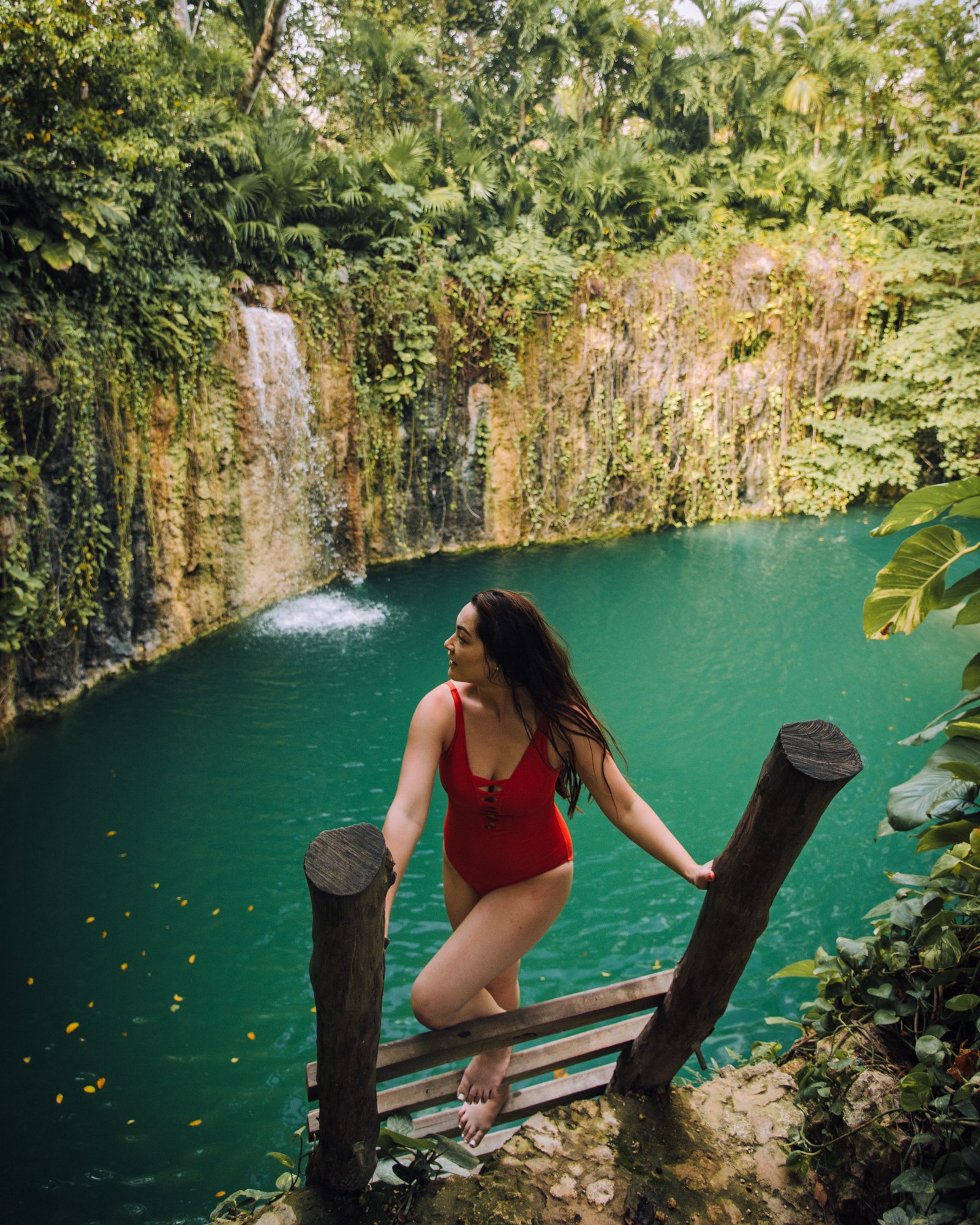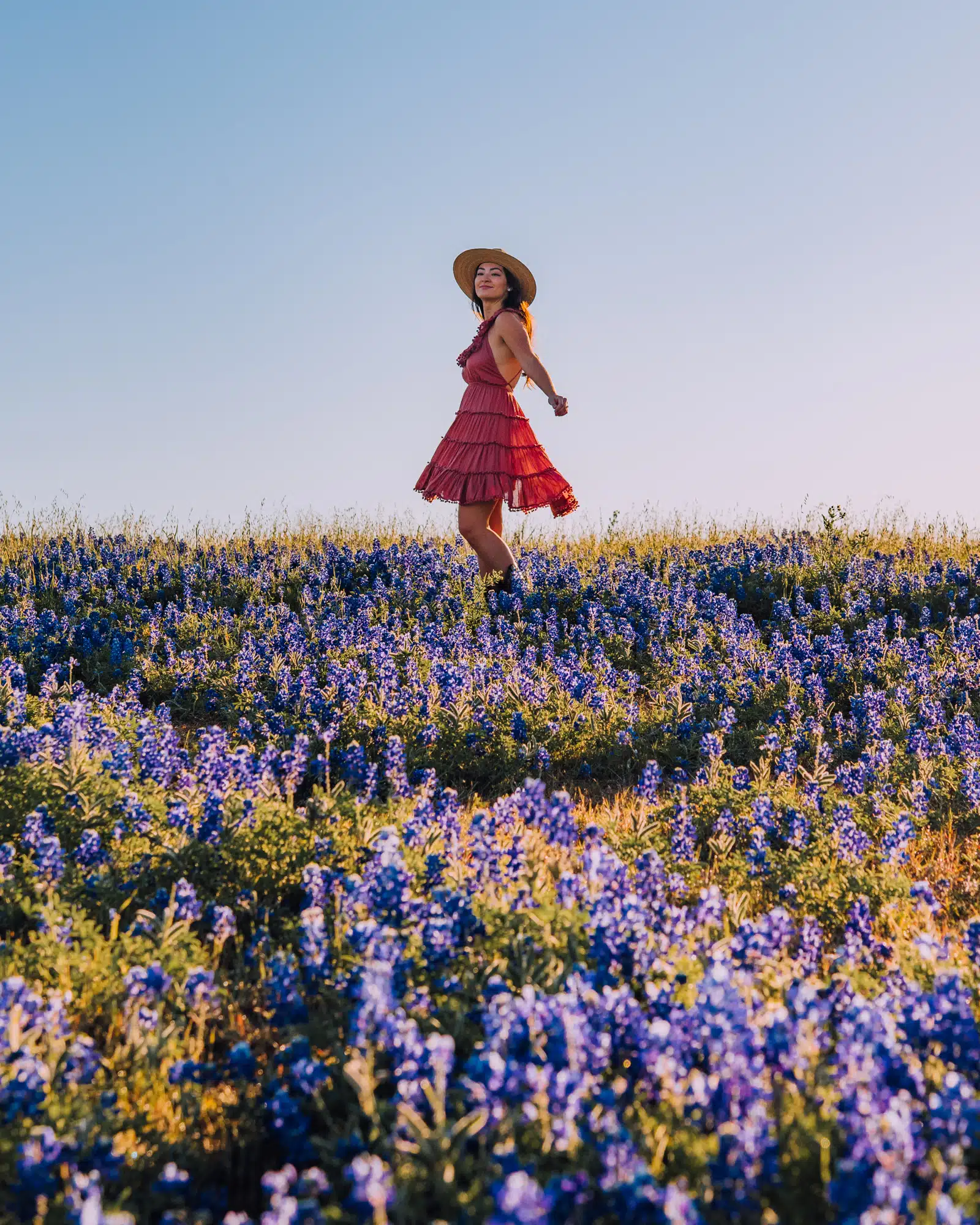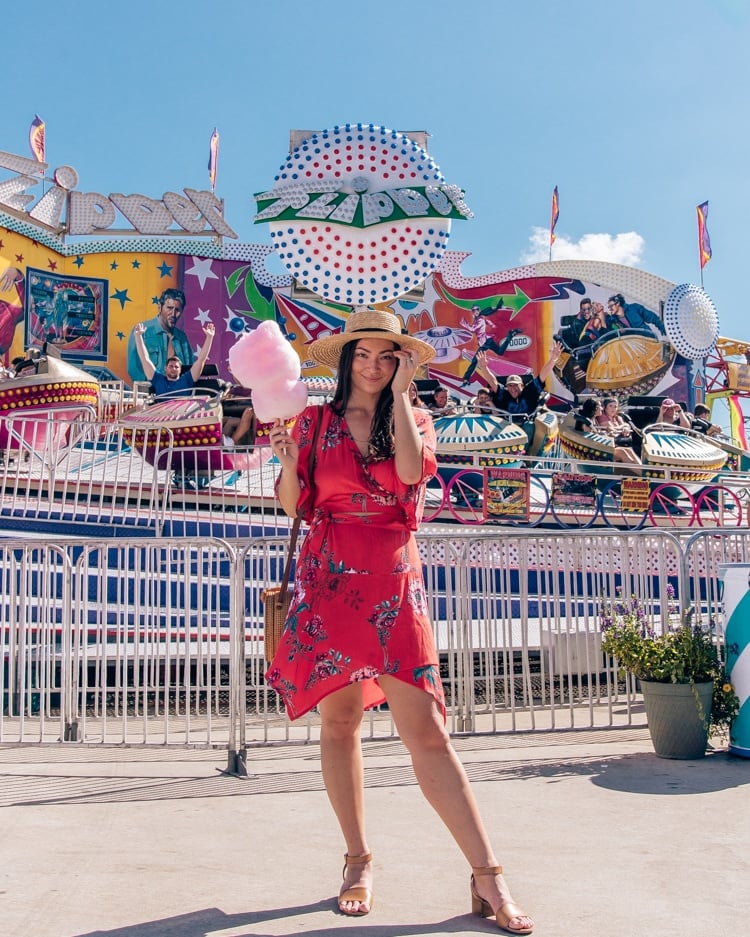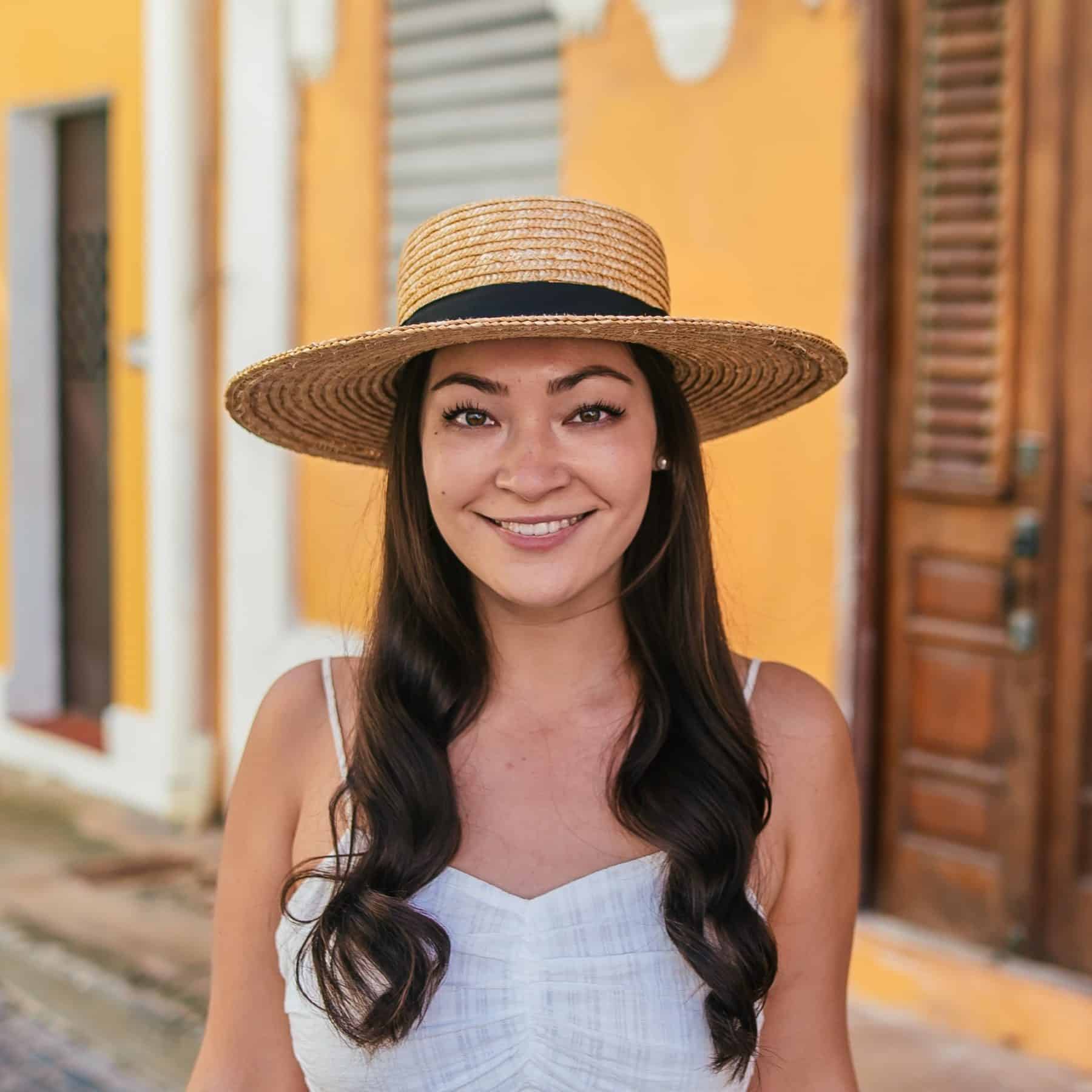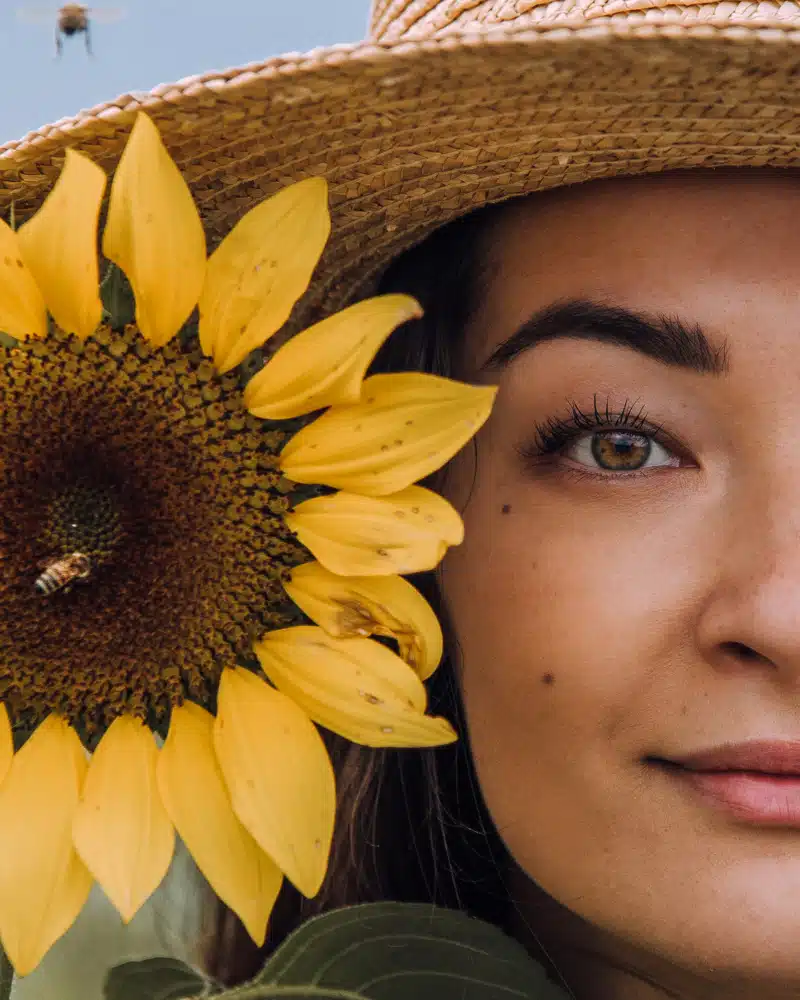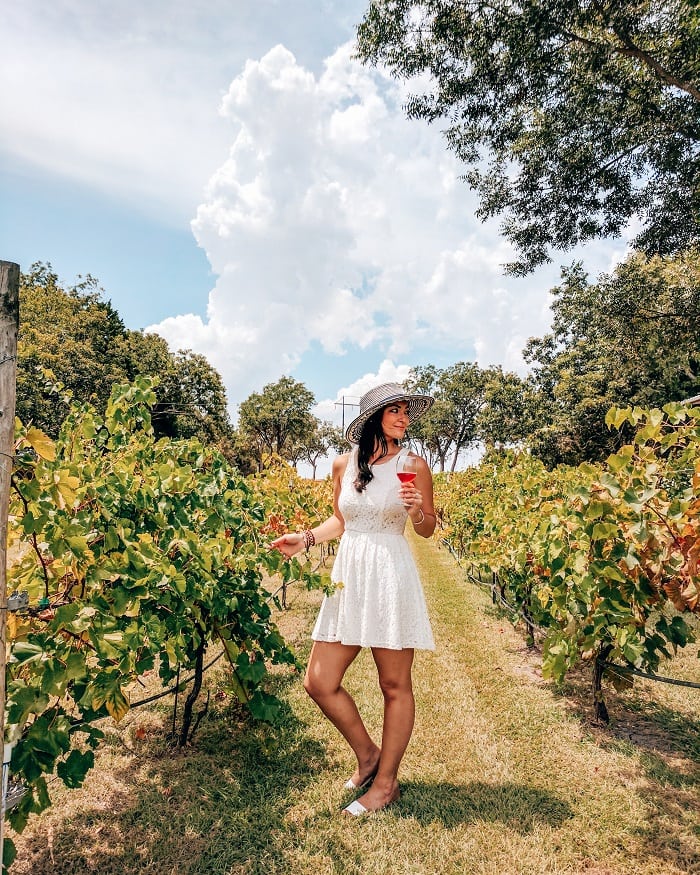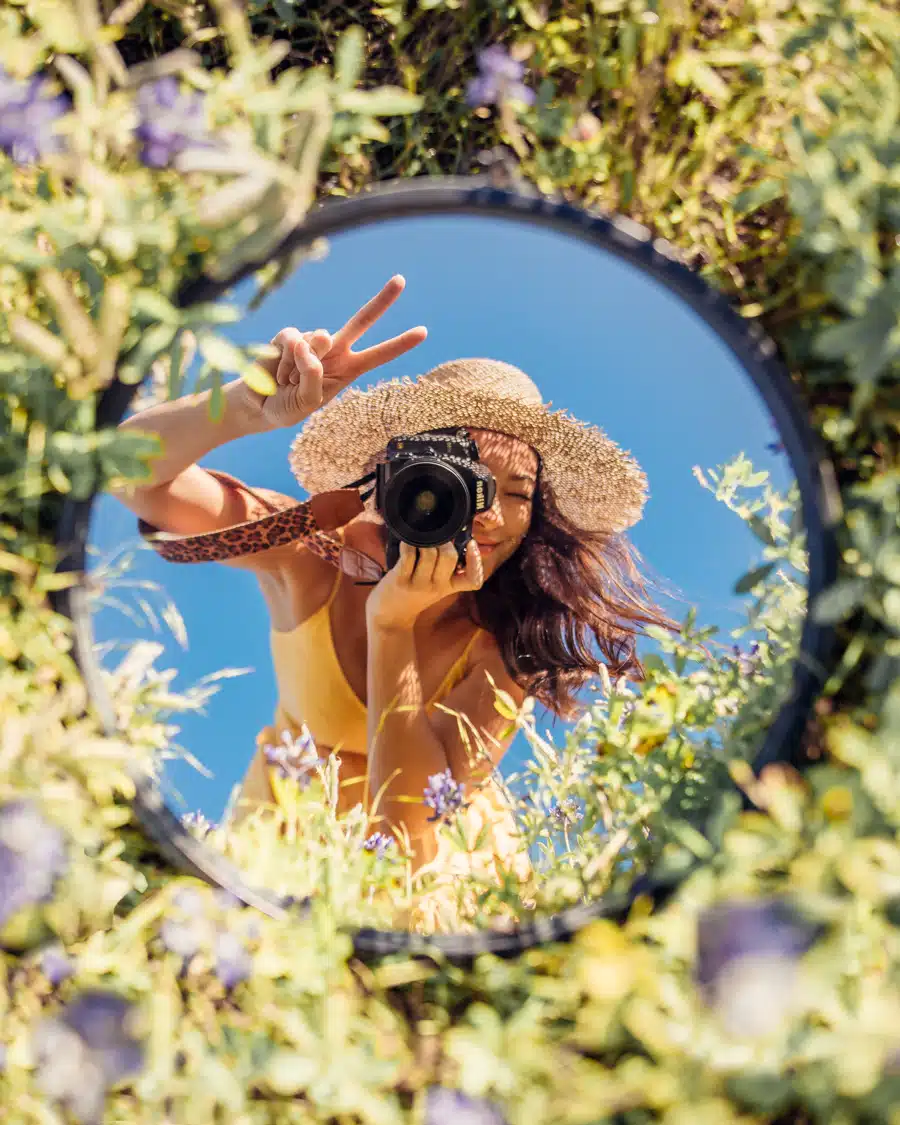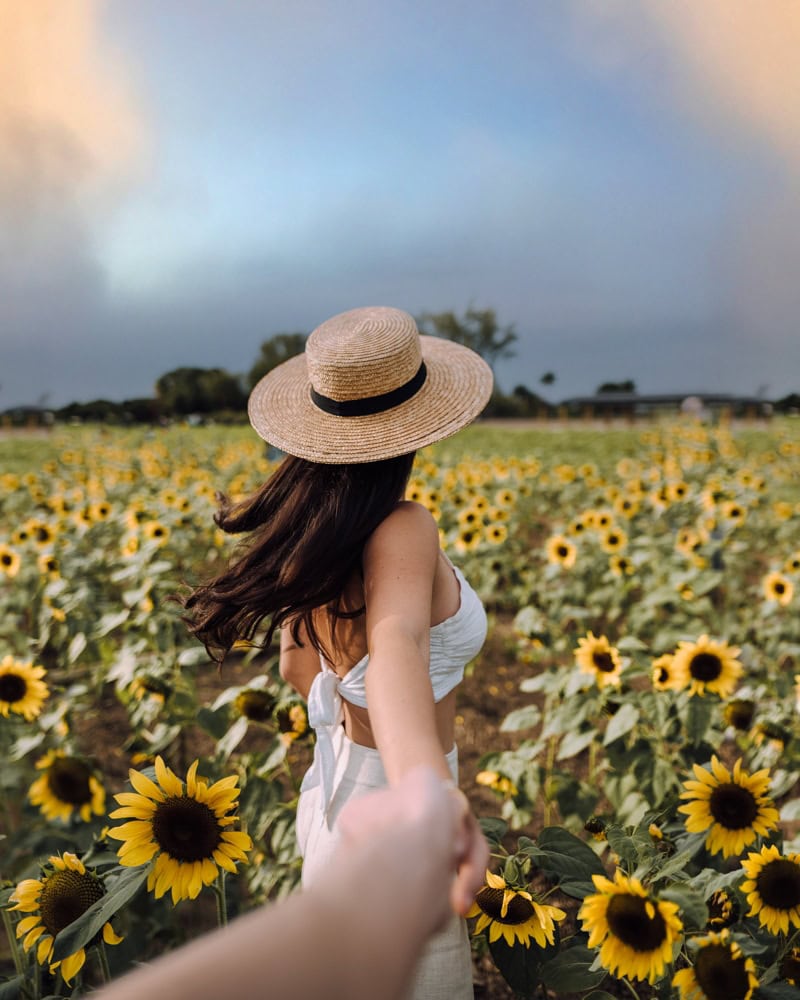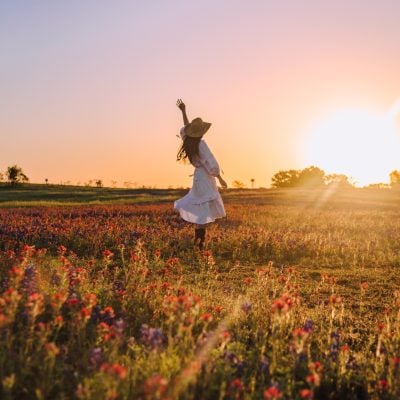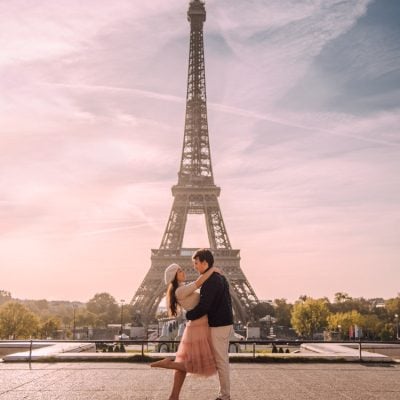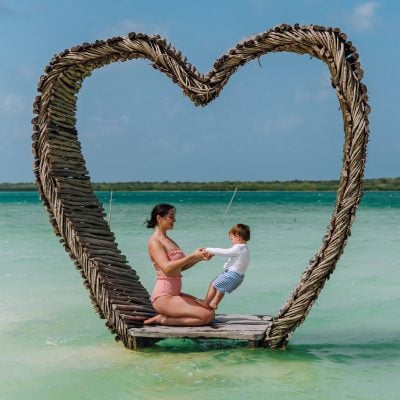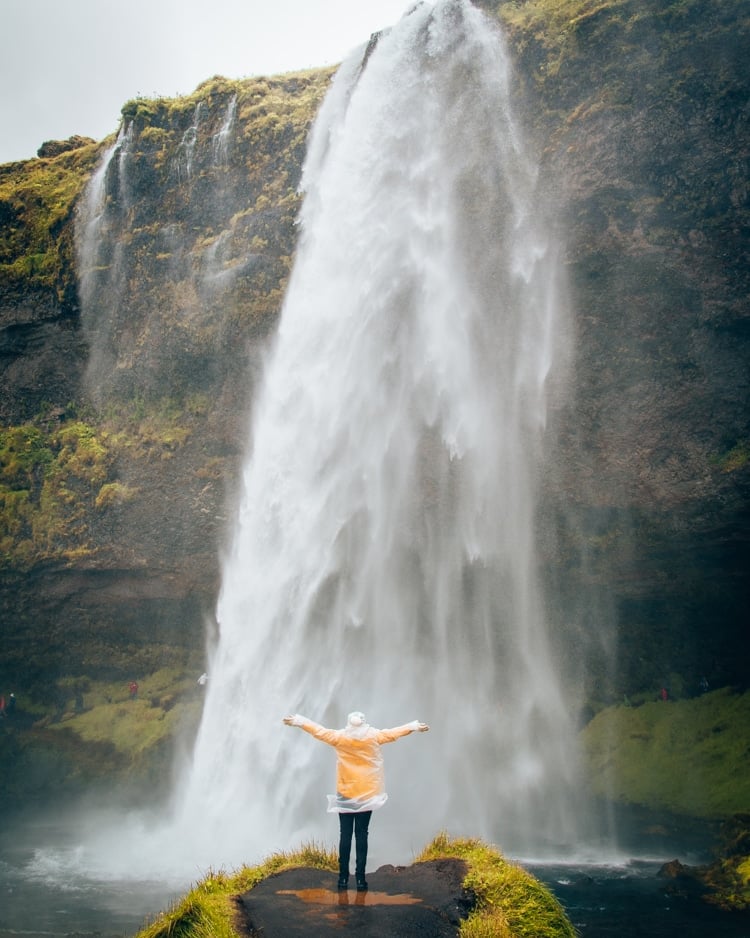
Planning a trip to Iceland in August? Here I’ll detail exactly what you can expect on your visit to this gorgeous country at the end of summer.
We visited for 9 full days from the end of August until the beginning of September. It was, to this day, the best trip we ever went on. But Iceland can be wildly different in each season. And if you’ve never been, you might be wondering what exactly to expect.
I’ll start with the basics and then dive into more details regarding what Iceland is like in August- and even the beginning of September.
Does it rain a lot? Are all roads open? Can you see the Northern Lights? These are just a few of the questions I had before visiting. In this article, I’ll answer these and many more.
But first things first, let’s cover some questions outright:
Is it a good time to go to Iceland in August?
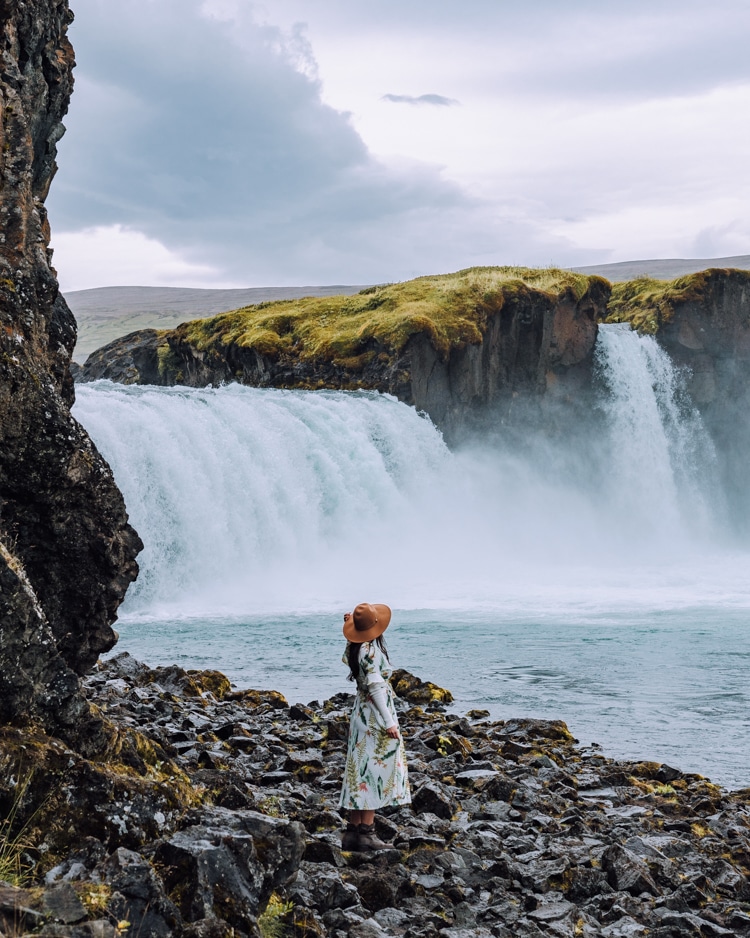
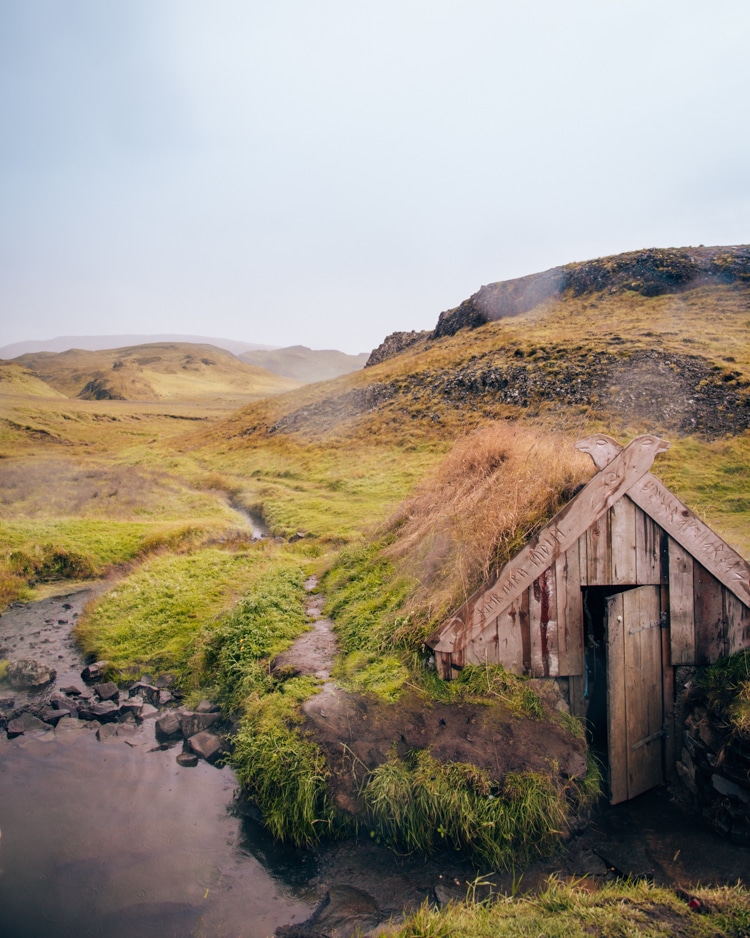
August is one of the best months to visit Iceland, in my opinion.
It is especially a great time to visit Iceland if you prefer to visit when the weather isn’t as cold as in most other months. In fact, August is one of the warmest months of the year (just following July). It also has very long days, with the sun rising before 6:00 am and setting after 9:00 pm.
Another plus about visiting Iceland in August is that virtually all of the trails are open. If you want to hike over the country’s freezing landscape, you’ll find that the snow covering the paths to many of Iceland’s glaciers has melted, leaving plenty of routes to explore the beautiful natural scenery!
How busy is Iceland in August?
It’s worth noting that August is a popular time to visit Iceland. The month is part of Iceland’s peak tourist season, especially toward the beginning and middle of August. As a result, you will probably find increased pricing and larger crowds.
Most schools in the US go back to school towards the middle or end of August, but schools in Europe are on vacation throughout the whole of August. As a result, you might find that it’s one of the busier times to visit. If you’d like to see Iceland while avoiding summer vacations, it’s best to go in early September, when kids on both continents are back in class.
But if you don’t mind higher prices and crowds, August in Iceland is truly incredible with stunning landscapes and plenty to do.
For those not familiar with Iceland’s climate or all the things you can do in Iceland, here’s a breakdown of the seasons in Iceland so you can see which time is best for you.
What is the best time of year to go to Iceland?
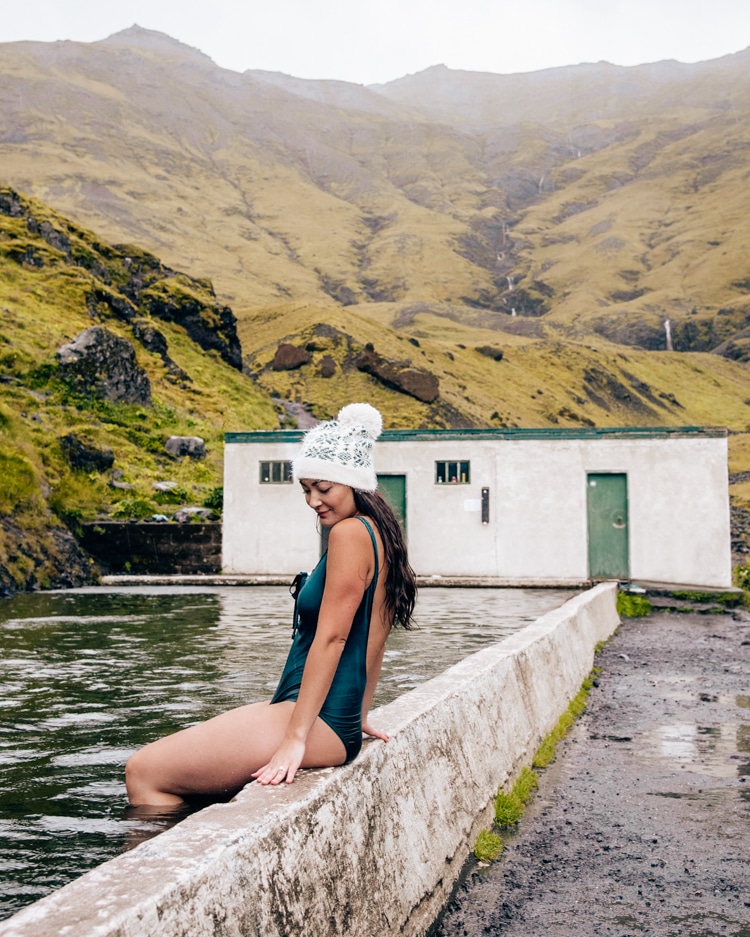
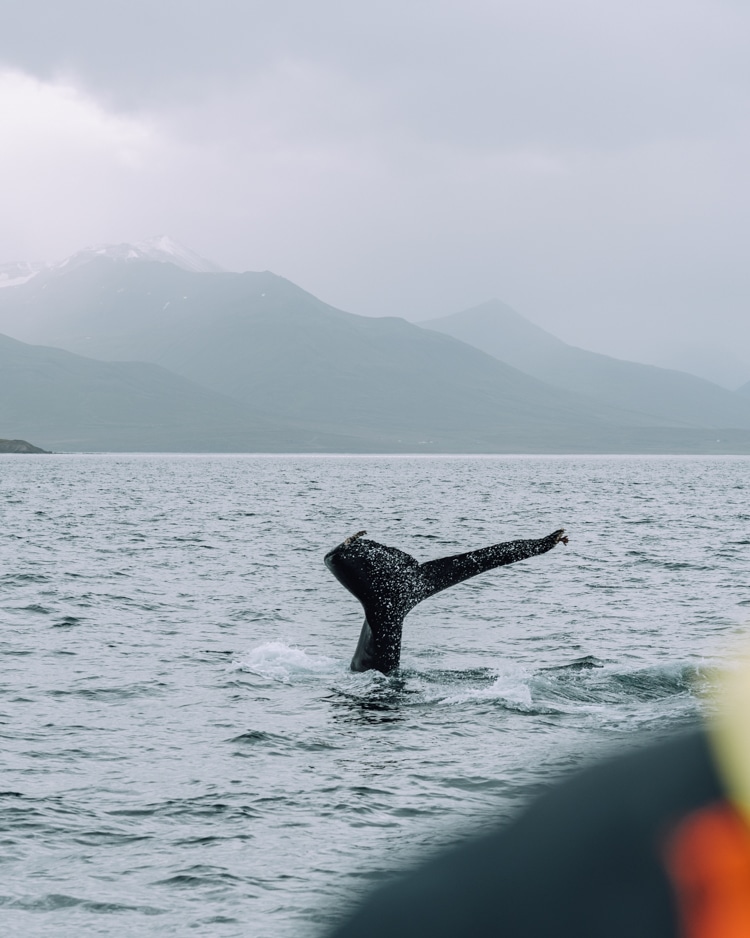
It depends on what you’re after!
Summer
The summer season from June to August is classically the best but is also the busiest. Summertime in Iceland usually means milder temperatures, a much smaller chance of snow, and longer days. This means that you can get out and explore lots of Iceland’s best sights, including hikes and mountain roads that are often closed in the winter months.
However, Iceland is a popular tourist destination and can be very crowded in the summer months. It’s during this time that you’ll find the Midnight Sun phenomenon, where there’s daylight for up to 22 hours each day! That’s a huge added bonus for cramming in as many activities as possible when you visit.
With a lot of fun stuff going on, going during summer may mean higher prices and more people to expect.
Winter
Although not many tourists brave it, Iceland in winter has a certain charm. The days are very dark, with only very few hours of sunlight a day (I’m talking 4-5 hours in the dead of winter!). On the plus side, this means plenty of opportunities to see the Northern Lights.
There are also lots of incredible winter experiences to enjoy like dog sledding, snowy scenes, ice fishing, and more. Although it’s dark, there’s usually a great festive atmosphere. You might even find that you have more local experiences than if you were visiting in the summer months, especially if you stay for festivals like the Thorrablot and Winter Lights Festival, or enjoy the fireworks display during New Year’s Eve with the locals.
Spring and Fall
But if you want to experience the best of both seasons- the chance to see the Northern Lights while also having a significant amount of daylight to be able to access some glaciers and hiking paths – you could visit in the spring or fall. These seasons often offer shoulder season rates which are perfect for anyone looking to visit on a budget.
May to September is the best time to visit Iceland if you want to go whale watching.
In February, you could possibly see both orcas and watch out for the Northern Lights.
Generally, most tourists to Iceland opt to visit between May and October for the days to be longer and slightly warmer. But if you’re up for something different, Iceland in winter has plenty to offer.
Is Iceland still green in August?
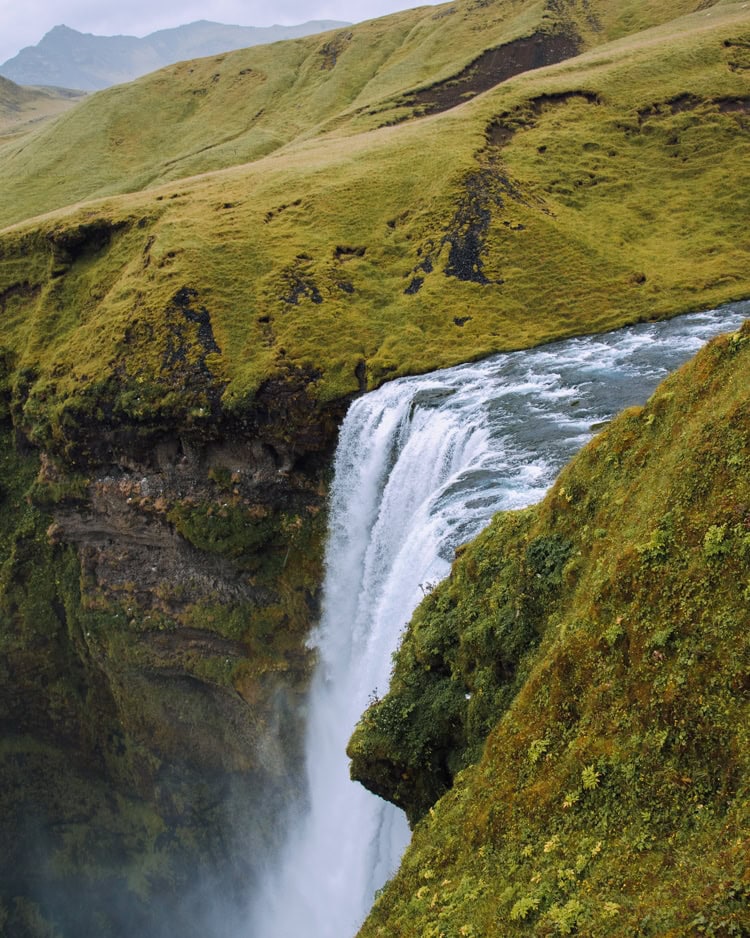
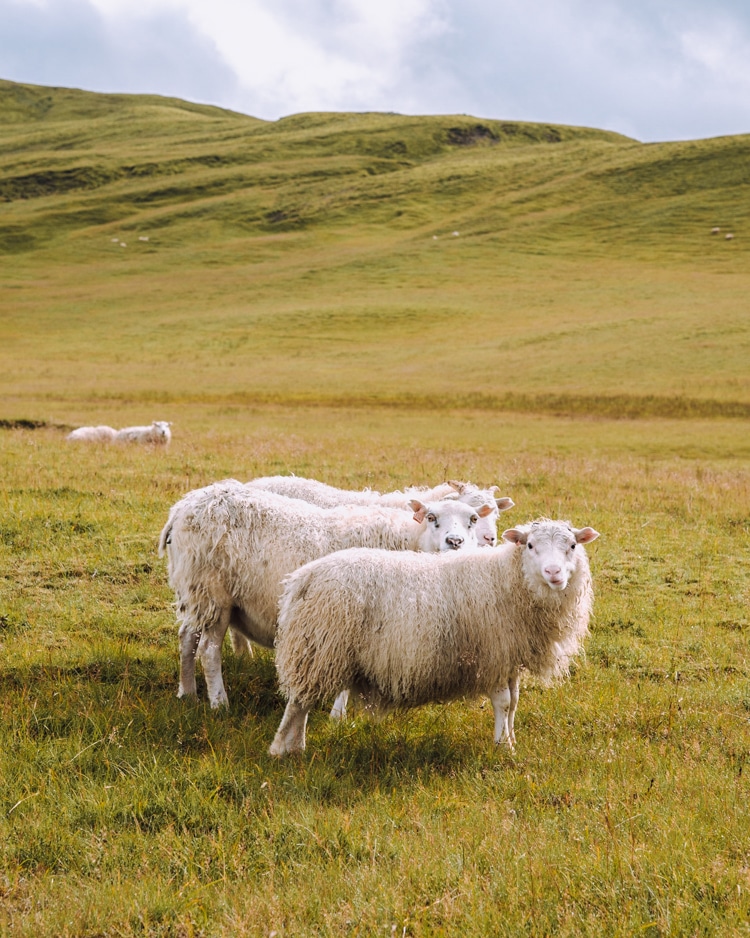
Yes, Iceland is extremely green in August! Iceland in August is actually one of the greenest places I’ve ever been to. And one of the most beautiful, at that.
In fact, there is no snow expected during this month (unless you’re exploring the highlands). As a result, you’ll have the chance to enjoy lots of glorious scenes with green grass and animals frolicking around.
Our favorite animals to see were Icelandic sheep and horses! We often joked that the unique horses in Iceland had Justin Bieber hair (circa 2010).
How much daylight in Iceland in August?
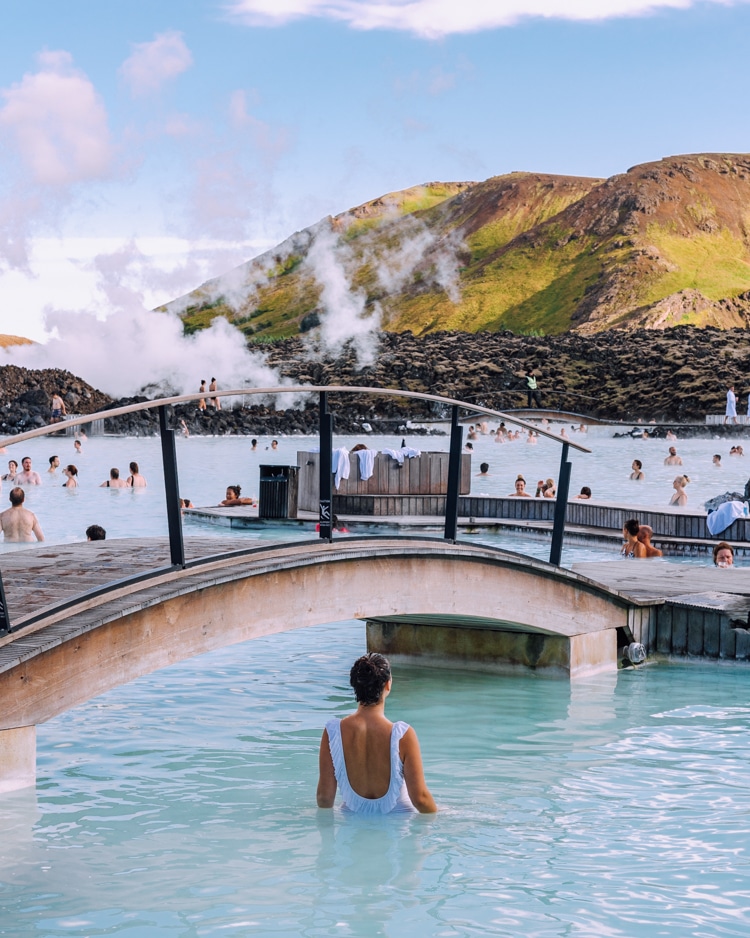
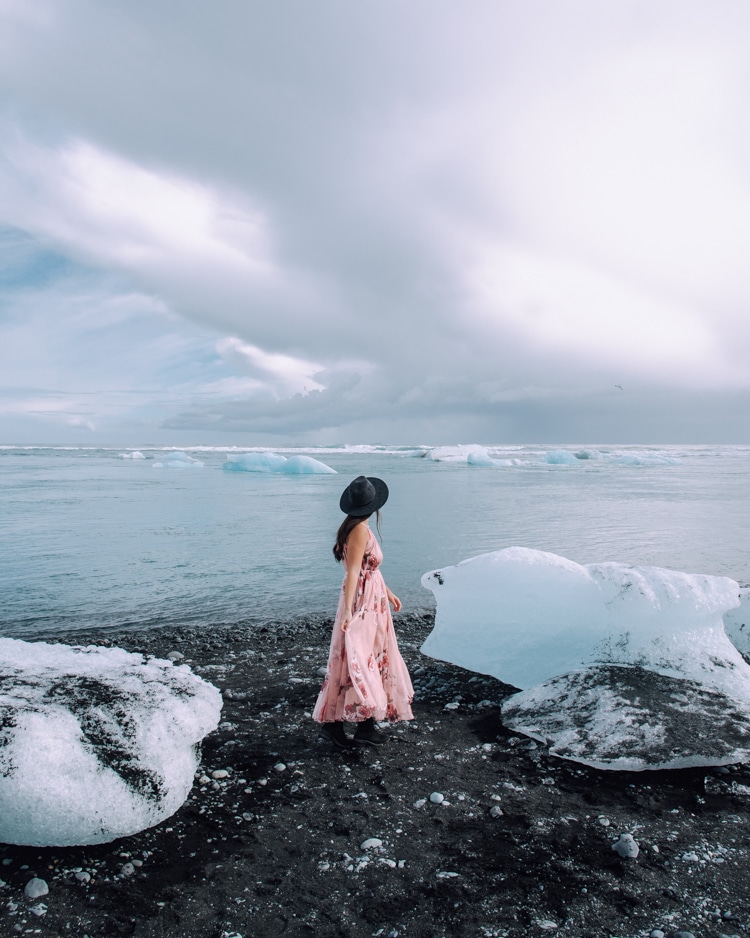
The daylight hours in Iceland in August are plentiful! Enjoy long daylight hours throughout the month, but experience nights that get a little darker than in June and July.
In June and July, the light nights can be a bit too much, especially if your accommodation doesn’t have blackout curtains!
At the beginning of August, expect 18 daylight hours each day- more than enough time to do activities.
However, note that this drops down to about 16 hours of daylight toward the end of the month.
When is sunset in Iceland in August?
It depends! During 18-hour daylight days, the sun rises in the 4 am hour and sets in the 10 pm hour. Towards the end of the month, the sun rises just before 6 am and sets in the 9 pm hour.
Will I see Northern Lights in Iceland in August?
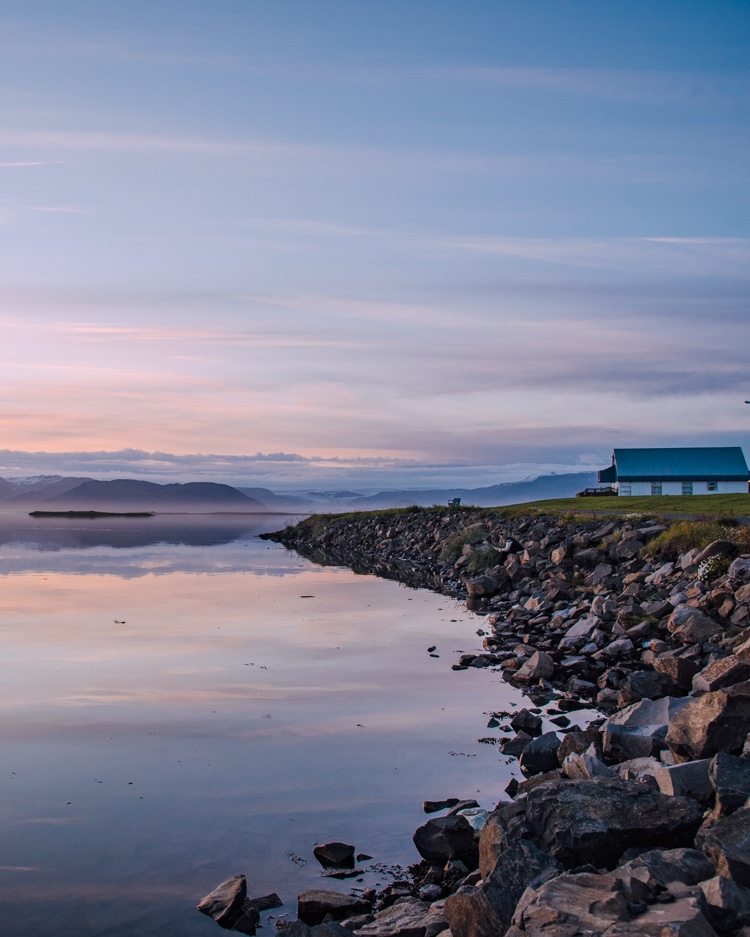
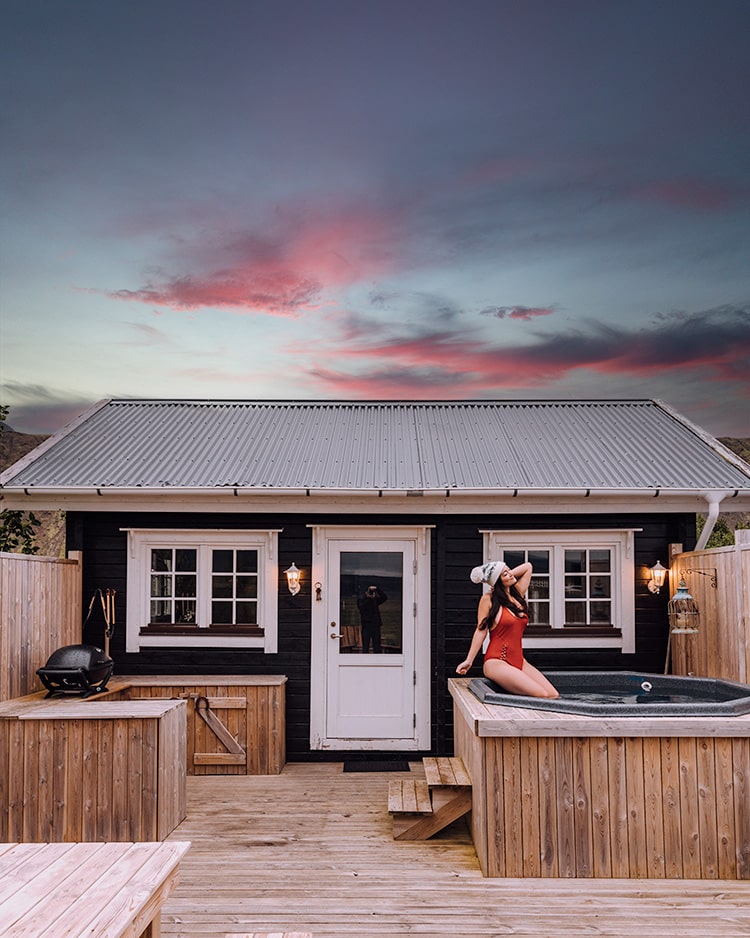
August isn’t the best time to see the Northern Lights, as there are still really long days, particularly towards the beginning of August. However, people have caught glimpses of them during this month, usually toward the end.
What is the perfect month to see the Northern Lights?
If seeing the Northern Lights is an absolute must for you, we recommend visiting Iceland in the fall, winter, or spring.
In particular, September through March are the peak months to see the Northern Lights, since the nights are the longest then.
Can I see the Northern Lights in Iceland in August?
If the only time that you can visit Iceland is August, the northern lights do start coming back toward the end of the month, and you might get lucky and see them!
You might be able to do this by finding a dark spot, preferably those with little light pollution, and waiting for your eyes to adjust as you look upwards.
You can also check this guide on the best places to see the aurora borealis while you’re in Iceland.
We, unfortunately, didn’t see them, but actually heard reports of people seeing them the week before we arrived!
What is the weather like in Iceland in August?
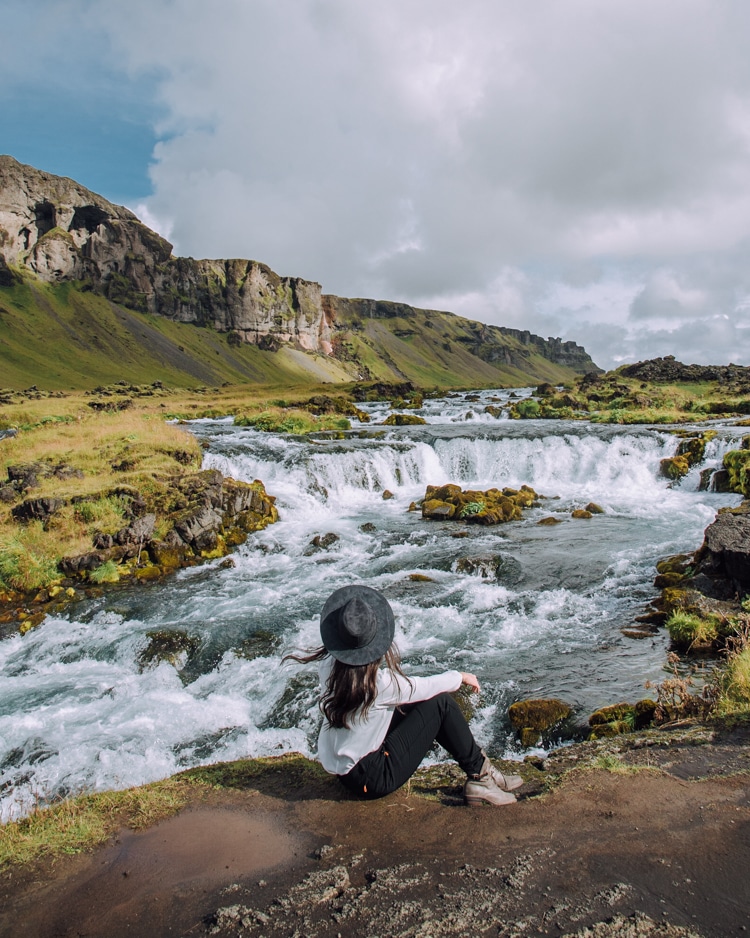
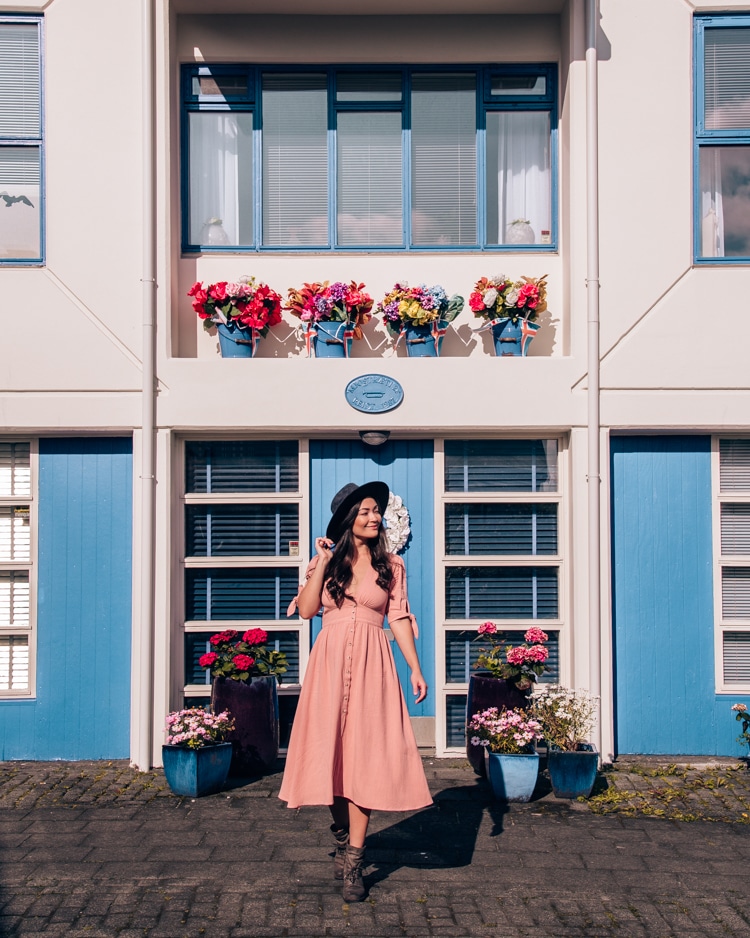
You’ll probably get a very wide range of weather if you’re visiting Iceland in August.
We had some sunny, warmer days where we didn’t need to wear a jacket in the sunshine. But we also had a freezing cold, rainy day when we barely were able to make it outside due to the torrential downpour! Fortunately, that was just one day.
How warm is Iceland in August?
Iceland is fairly cold year-round, but August is one of the warmer months of the year. In this month, the average high is about 55F and the average low is about 47F. However, the warmest days can reach up to 70F if you’re really lucky!
July is typically the warmest month of the year, so early August can be particularly warm. But keep in mind that Iceland has a short summer. By the end of August, you’ll see that fall has started! Generally, the end of August has average temperatures of about 51F.
Does it rain a lot in Iceland in August?
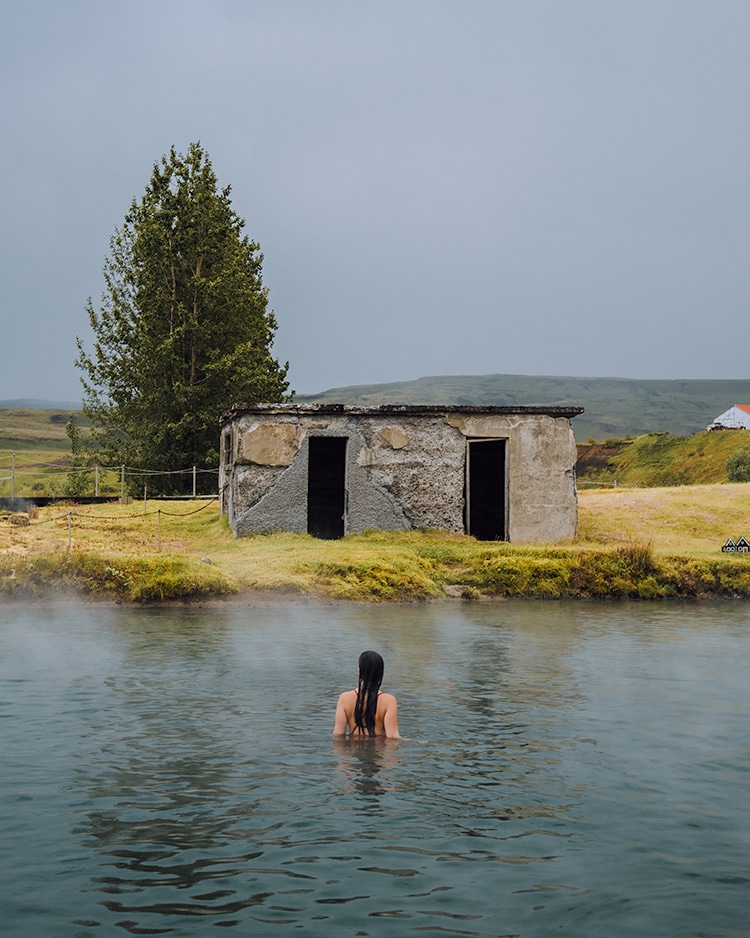
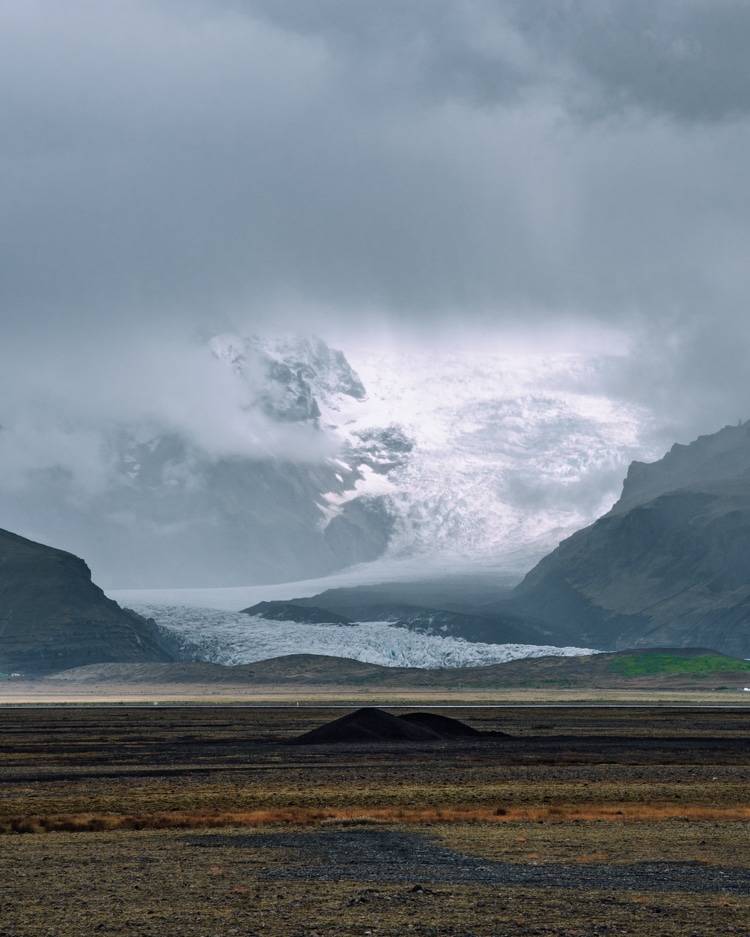
The average rainfall for August in Iceland is 2.4 inches. This is quite high compared to the rest of the months, so expect a bit of wet weather while you’re here. However, it’s not as wet as in September, when you can expect 6.4 inches of rain!
There are usually 23 days of rainfall in Reykjavik in August, but it doesn’t usually rain all day. You might experience a downpour in the morning that clears up by the afternoon.
As I mentioned earlier, we had one day when it rained pretty much all day. But from what we learned, that was more of an anomaly.
Scattered showers are much more typical for a rainy day- we had a few days like this.
How to Pack for Iceland in August
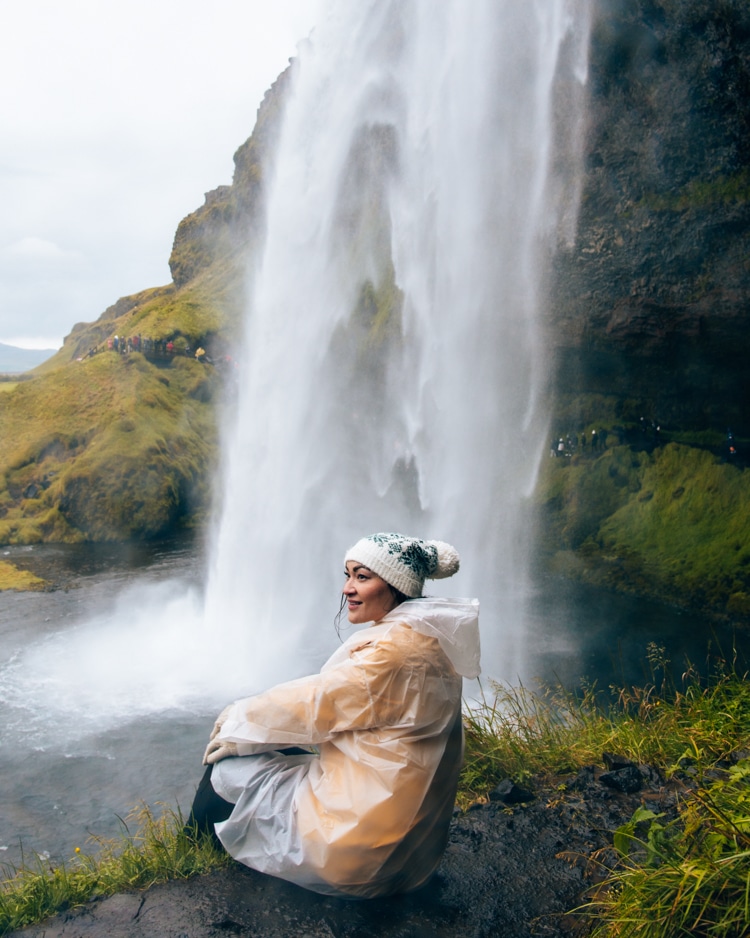
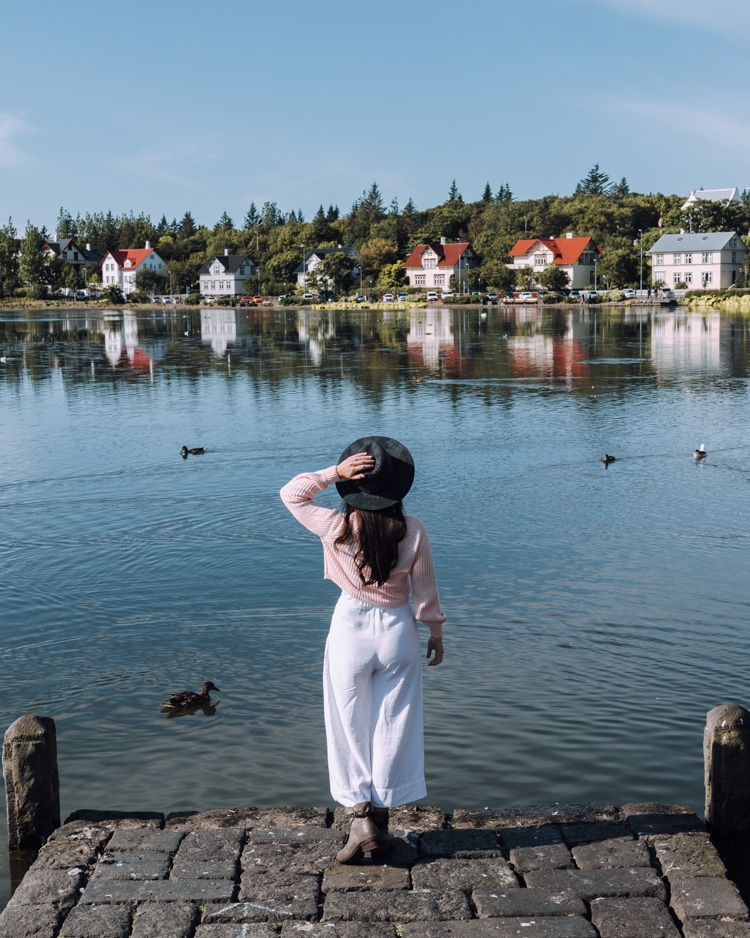
One thing that Iceland is known for is its temperamental weather – so pack accordingly!
You’ll likely be spending most of your time outdoors. And it can get very cold. So be sure to pack thermal leggings, waterproof pants (I wore these and Harrison wore these), wool socks, and a warm beanie. Basically, anything that is comfy and warm that you can layer is key!
What to wear in Iceland in August?
This is the white, chunky wool sweater I wore pretty much everywhere!
You also want to pack a waterproof jacket or poncho and gloves in case the weather takes a turn for the worst. In August, you probably won’t need super thick gloves and scarves, but make sure that you pack plenty of layers along with your T-shirts just in case.
When it comes to footwear, opt for sturdy, waterproof hiking shoes and other closed-toe shoes that you can do plenty of activities in. And don’t forget to bring flip-flops if you plan to explore Iceland’s many hot springs!
Speaking of hot springs, be sure to pack a swimsuit or two!
If you’re spending some time in Reykjavik, you might also want to pack some nicer clothes for meals out. However, keep in mind that Iceland can be quite expensive, so you might only end up eating out if you have a large budget or are in Iceland for a special occasion.
Side note: if you’re bringing a DSLR camera, this camera jacket saved our camera from waterfall spray and rainy days!
Is Iceland too crowded in August?
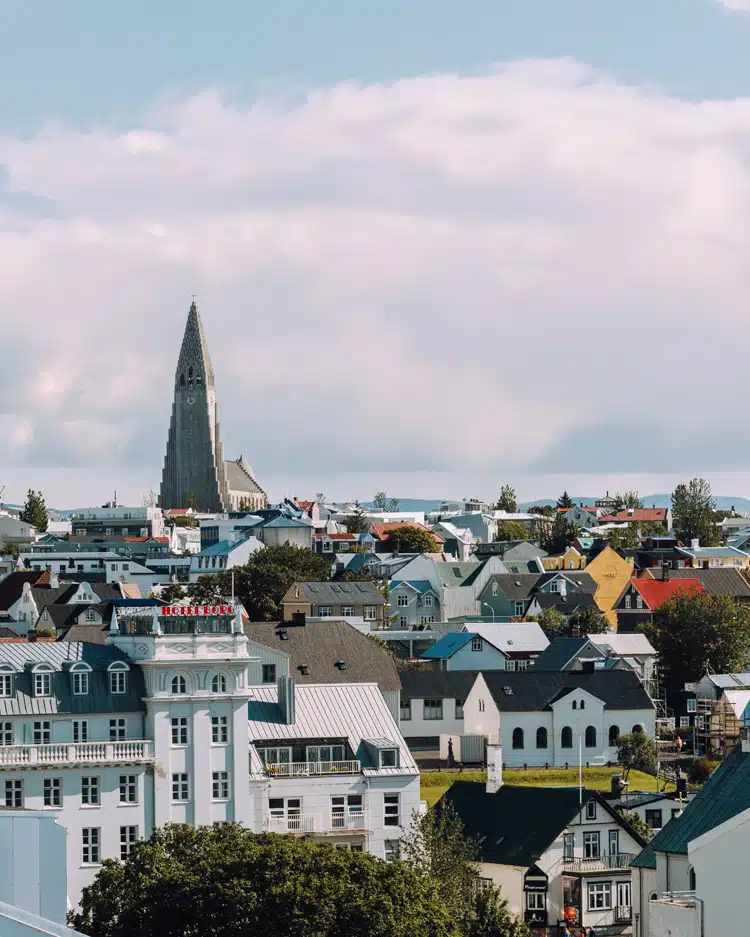
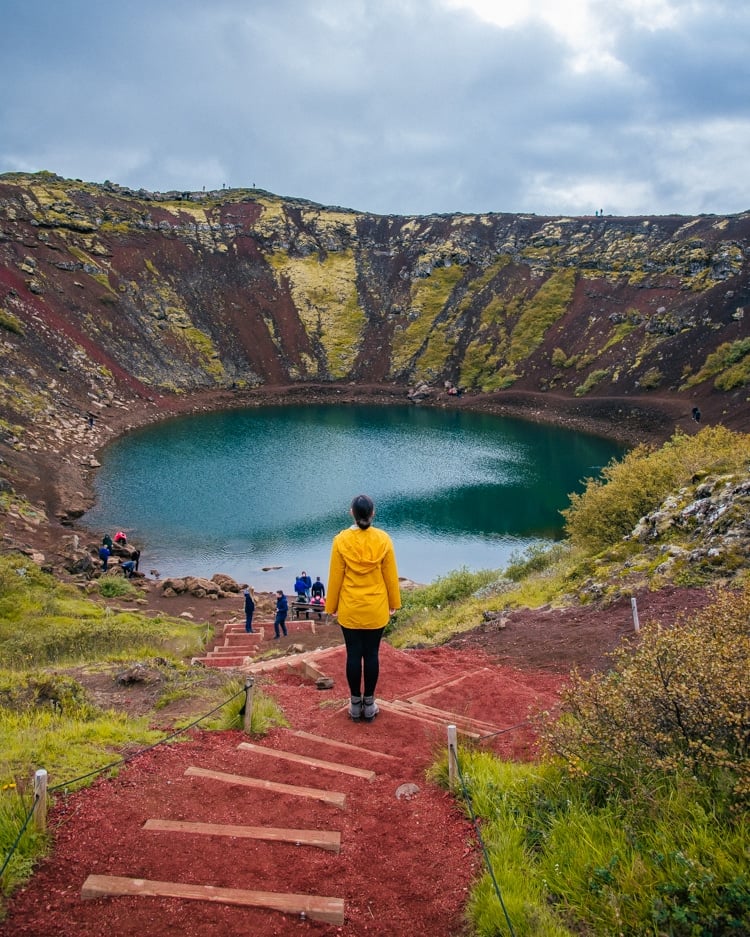
Summer is peak season in Iceland and the crowds reflect this. Lots of tourists visit Iceland during the summertime for longer days, warmer temperatures, and fewer road closures.
In particular, Iceland can be very busy in June, when the days are the longest, and in July, when schools are closed in much of Europe and North America.
But what about in August?
Well, it’s still summer, and while lots of school-age kids have gone back to school in North America, Europe still has holidays that run through August. In fact, the UK’s school holidays run from the end of June until the start of September, making any destination that’s popular with British tourists extra crowded during the month of August! So don’t expect Iceland to be deserted if you’re visiting in the late summer.
South Iceland in particular is where the main attractions are, so it can be very busy in this part of the country during this time. You might experience lots of traffic jams and overcrowded attractions. However, there’s a lot of gorgeous open nature in Iceland, so if you want to escape the crowds, it’s easy to find cozy lodgings somewhere where you can get away from it all!
If you want to go somewhere a little off the beaten track, North Iceland is a lot less busy than the South.
As a general rule, the further you drive from Reykjavik, the fewer crowds you’ll experience. A road trip around the Ring Road is an excellent option as it brings you around the whole island, instead of just the smaller Golden Circle route near Reykjavik.
Can you visit the glaciers in Iceland in August?
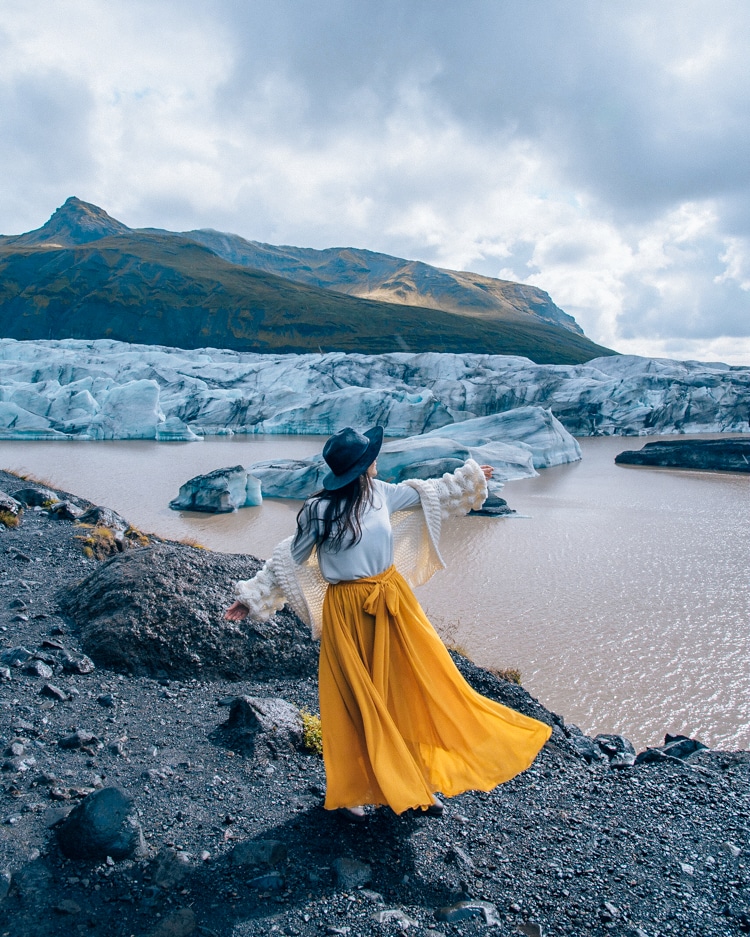
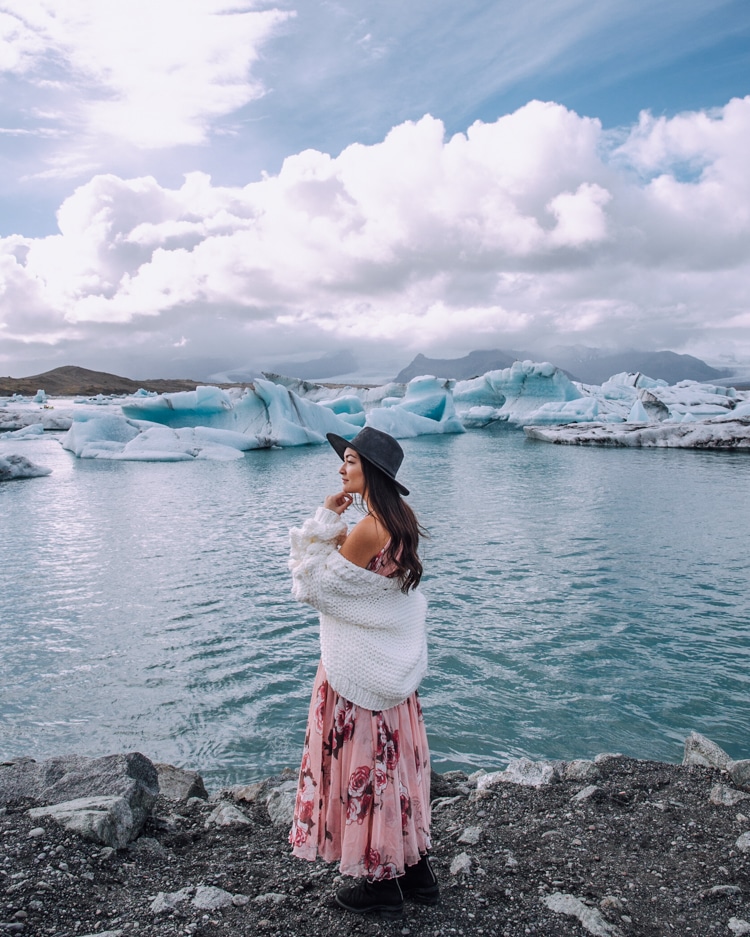
Yes, and it’s a great time to visit them!
Some of Iceland’s glaciers are only accessible in the summer months because of the frozen roads and paths that you might need to take to reach them.
However, the glaciers themselves will never melt, which makes summer an excellent time to see them!
Some of the best glaciers include Vatnajökull, which is home to the highest peak in Iceland and is sometimes called “the water glacier”, and Svínafellsjökull which is sometimes called “the pig mountain glacier” and is around 1,000 years old. Jökulsárlón glacier lagoon, meanwhile, is one of the world’s most stunning glacial landscapes. Svínafellsjökull and Jökulsárlón were my two favorite glaciers to visit in Iceland!
Can you drive the Ring Road in Iceland in August?
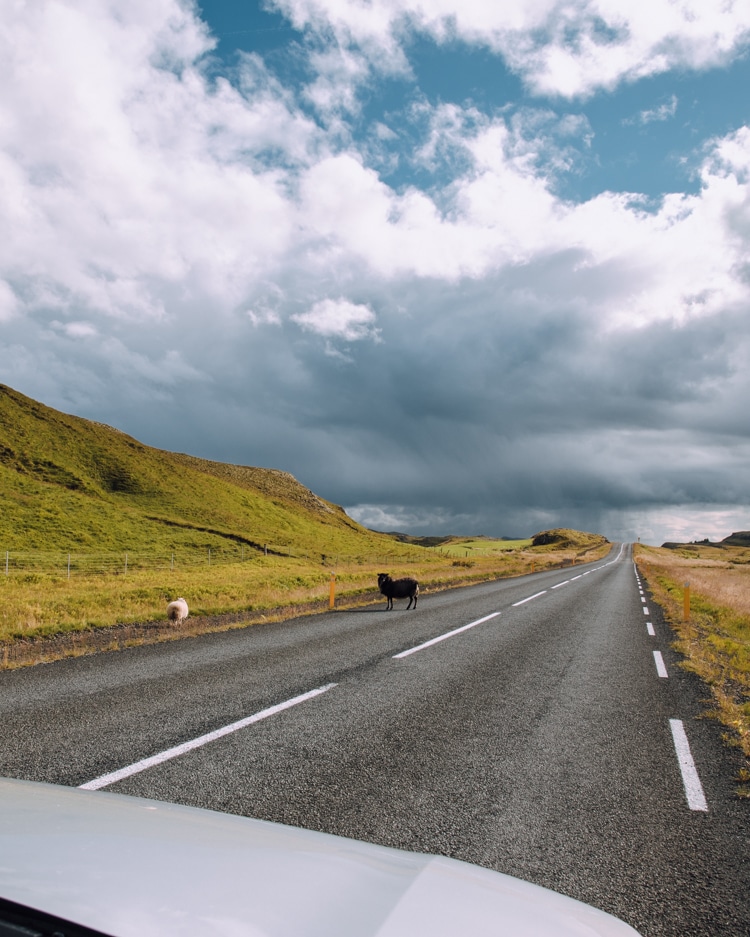
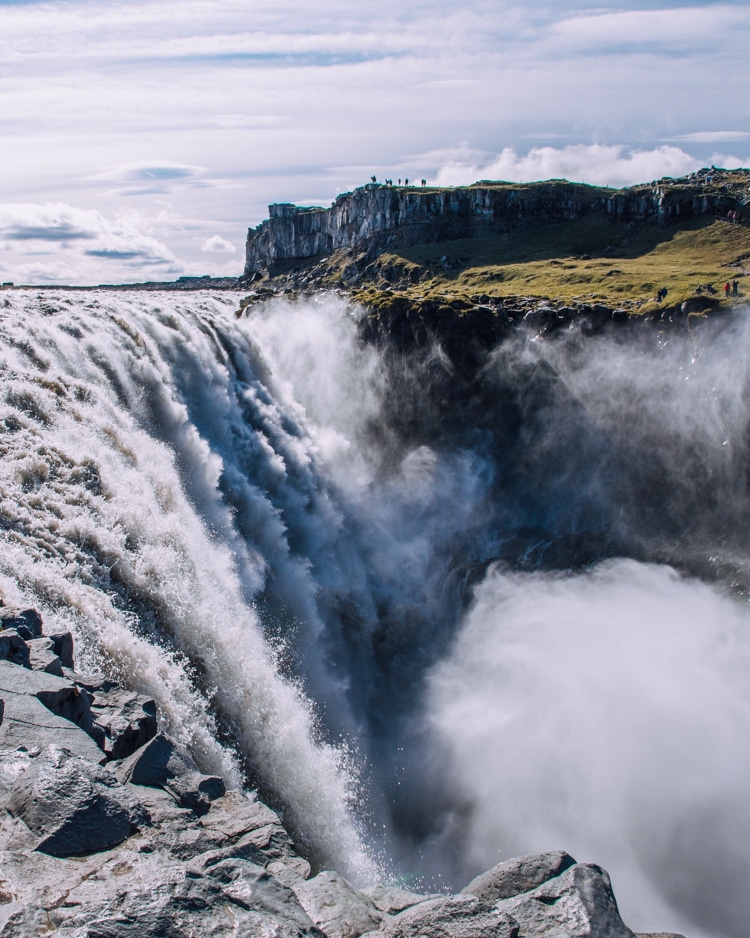
Absolutely! The famous Ring Road is one of the best things to do in Iceland, with lots of stops that boast some of the country’s most epic nature sports. Enjoy waterfalls, glaciers, hikes, and more as you drive around the country.
The Ring Road is very accessible in August; the roads aren’t usually frozen and they are well-maintained. Because of this, driving the ring road is a lot quicker in August than it is in other parts of the year.
You can see exactly what we did during our journey around Iceland on our Ring Road itinerary here!
You’ll find that other roads are open in August, too, which may be closed during other parts of the year.
Another route worth exploring is the new Arctic Coast Way, which weaves its way around peninsulas, villages, mountains, and incredible scenery for 560 miles. Vatnajökull National Park.
What wildlife can you see in Iceland in August?

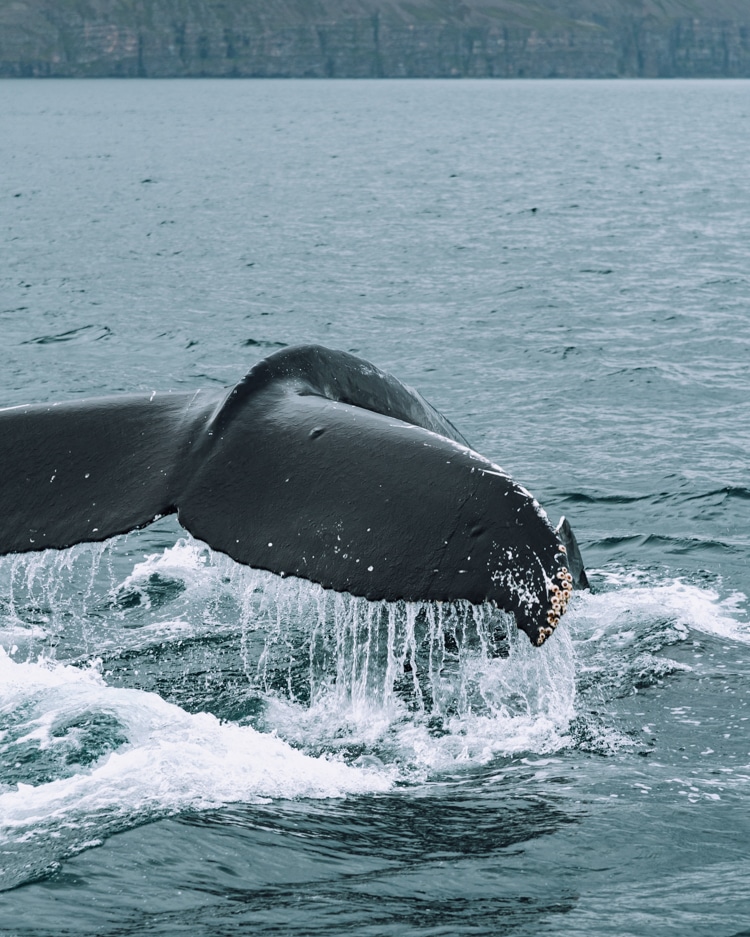
Puffin and whale watching are two of Iceland’s most beloved wildlife experiences. Here’s what to know when visiting Iceland in August:
Puffins in Iceland in August
You have a good chance of seeing puffins in August, but note that puffin nesting season actually ends in August. While there is the most puffin activity up until mid-August, you still have a chance of seeing them all month long. From April to September, these incredible birds come to Iceland’s coastal cliffs and islands to nest.
Some of the best places to see them are the Látrabjarg cliffs in the Westfjords (this is one of the most popular places to see them!), the Westman Islands, Breiðafjörður bay, Tjörnes peninsula, Dyrholaey, Lundey, and Grimsey.
And you have the best chance of seeing these adorable (and monogamous!) birds in the morning or evening.
If you join a puffin tour, a lot of guides combine puffins with whales. On that note, let’s learn a bit more about whale watching in August:
Whale Watching in Iceland in August
Did you know that whale spotting is possible in Iceland all year round? But peak season lasts from March to November. And that means that whale watching is excellent in August!
If you want to see pods by the numbers, Iceland’s summer months are best for that. And the beginning of August is specifically great for seeing large pods. However, you should whale watch anytime in August! When we visited at the end of Iceland, our tour didn’t disappoint!
We joined a whale watching tour from Iceland’s whale watching hub: Dalvík. We saw countless humpback whales on our tour- it was incredible. Our tour added in a deep-sea fishing component, and after we got back on land, we ate the fish that we caught.
All that to say, I highly recommend whale watching in August.
What to Do in Iceland in August
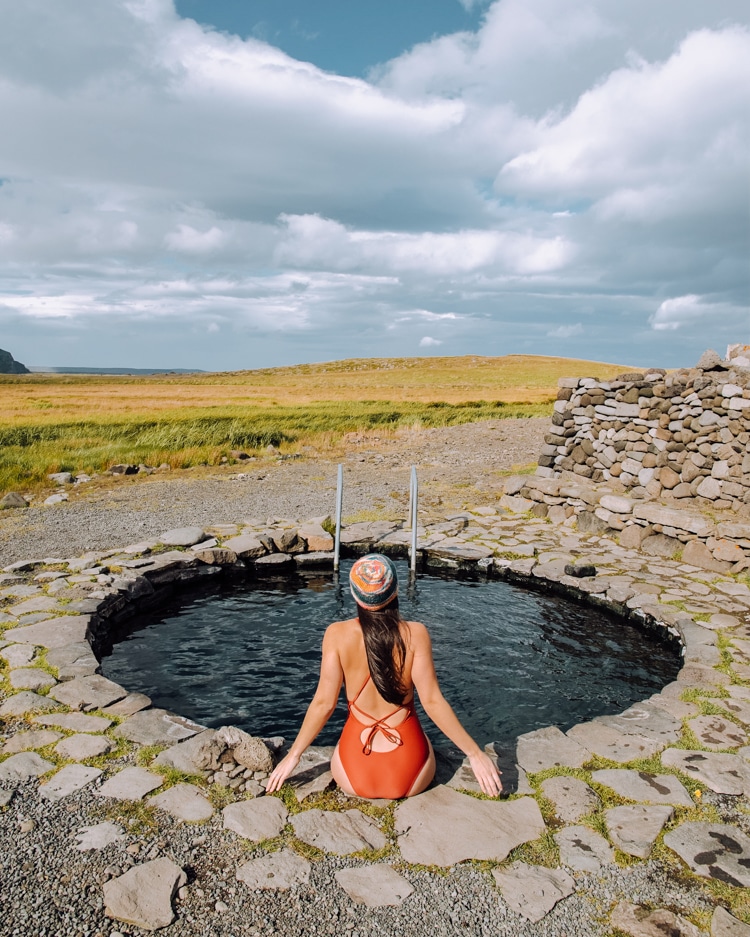
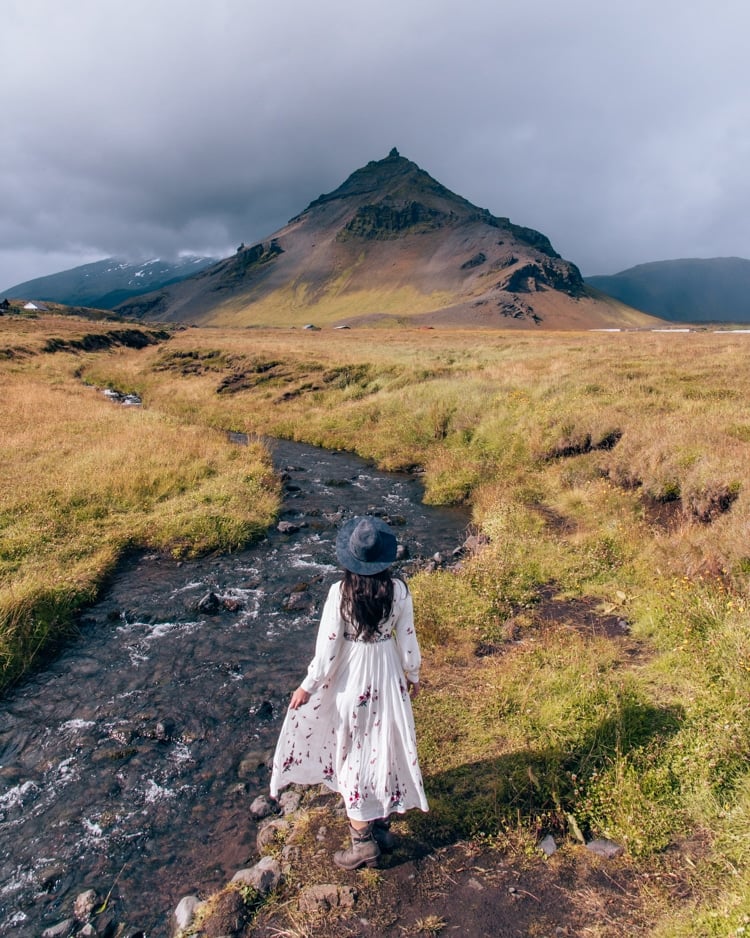
The best things to do in Iceland in August are pretty much the same adventures you’ll want to do in Iceland all summer long!
Chase Waterfalls
Iceland has no shortage of waterfalls! Here are some of the coolest waterfalls to see on a road trip in Iceland:
- Gullfoss
- Seljalandsfoss
- Skógafoss
- Dettifoss
- Goðafoss
Soak in Hot Springs
Here are some of our favorite hot springs in Iceland:
- The Blue Lagoon (here’s an article on what you can expect when visiting the Blue Lagoon)
- Secret Lagoon Hot Springs
- Hrunalaug
- Mývatn Nature Baths
- Grettirs Pool
See Famous Landmarks
Both natural and manmade, like:
- Kerid crater
- The basalt columns at Reynisfjara Beach
- Diamond Beach
- Svínafellsjökull and Jökulsárlón glaciers
- Hallgrímskirkja church in Reykjavik
- Eldhraun (the largest lava field in the world!)
- Snæfellsnes Peninsula
Sign Up for Tours or Activities
Whether you join a group or go to it alone, there are so many great activities you can do in Iceland!
- Kayaking
- Horseback riding
- Hiking
- Whale watching, particularly humpbacks or blue whales
- Bird watching, especially puffins
- Glacier tour
- Boat tour
Festivals in Iceland in August
If you visit Iceland in August, here are some festivals you might find going on!
You’ll notice that there’s a lot going on during the first weekend of August. That’s because it’s Verslunarmannahelgi: a bank holiday that takes place on the weekend before the first Monday in August. You’ll find that a lot of locals escape Reykjavik and explore other parts of the country during this weekend. There are plenty of festivals held during Verslunarmannahelgi.
Anyway, here are some festivals in August:
- Þjóðhátíð– this is Iceland’s biggest festival and it’s held in the Westman Islands. If concerts and camping are your thing, this festival is for you. Fireworks light up the sky as Icelandic musicians perform at the biggest music festival in the country. It’s held during Verslunarmannahelgi.
- Ein með öllu (“The One With Everything”)- The name of this festival comes from a popular Icelandic hotdog order! Yup- I’ll take the one with everything on it, too! This festival is the biggest Verslunarmannahelgi celebration in North Iceland, and it’s held in Akureyri.
- Fiskidagurinn Mikli (“The Great Fish Day“)- this festival isn’t related to Verslunarmannahelgi. It’s held on a weekend in Dalvík around the 10th of August, and this fish festival offers free food to attendees! (Don’t miss out on a whale watching tour while you’re in the Whale Watching Hub of Iceland!)
- Menningarnott– Reykjavik Culture Night, held toward the end of August.
In conclusion…
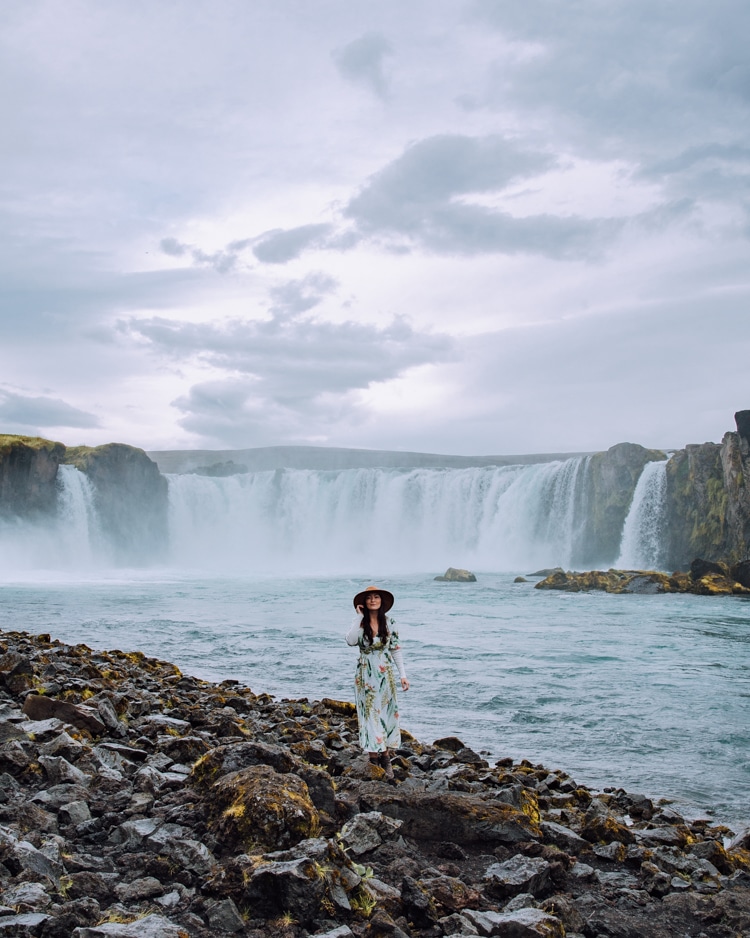
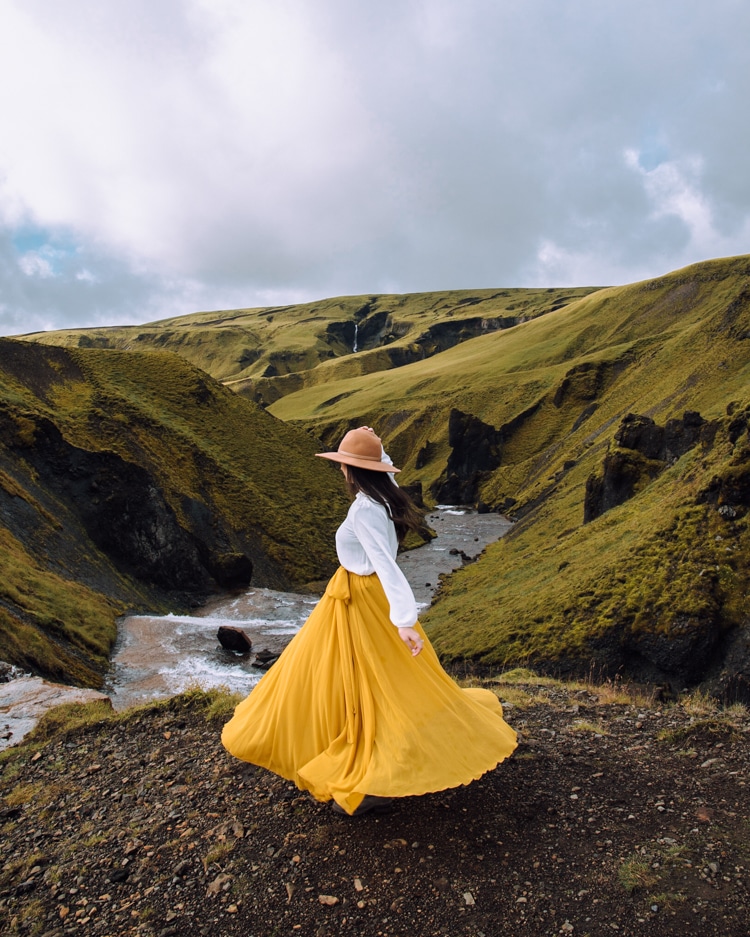
I hope this guide to Iceland in August has helped you know what to expect! If you’ve never been, trust me, you’re going to fall in love with this country! We sure did- and hope to return someday with the newest addition to our family so he can see it too!
If you have any questions about what it’s like visiting Iceland in August, drop them below!
And if you’re heading to Iceland, here are a few more posts you might find helpful:
- The Ultimate Ring Road Itinerary
- Where to Stay in Iceland Along the Ring Road
- What You Should Know Before Visiting the Blue Lagoon
Safe travels,
Jasmine
